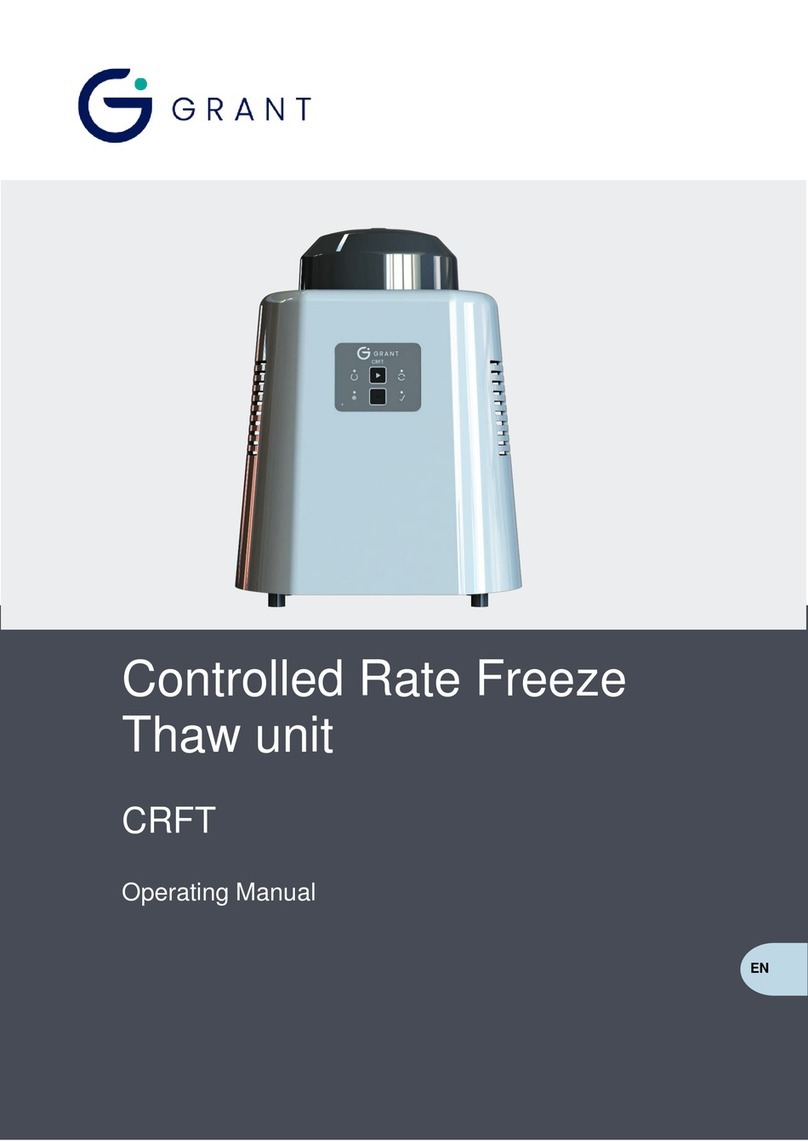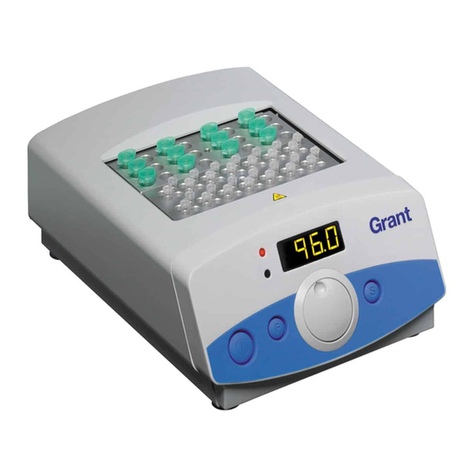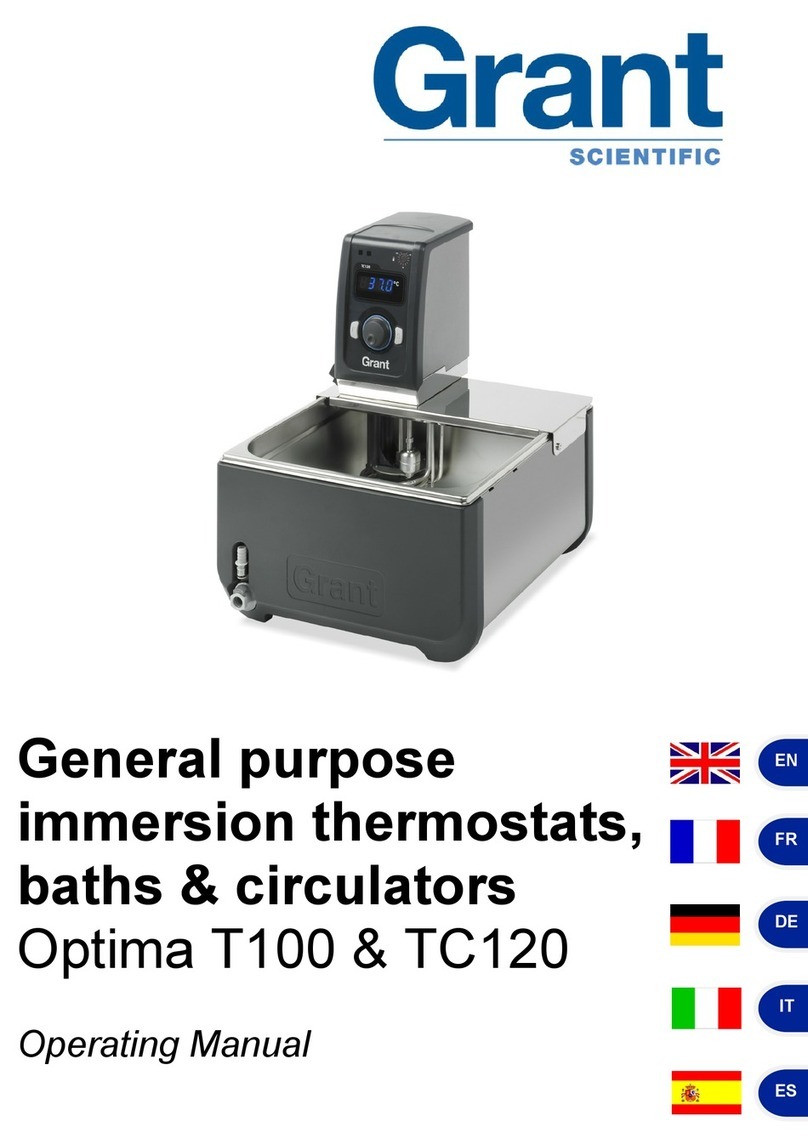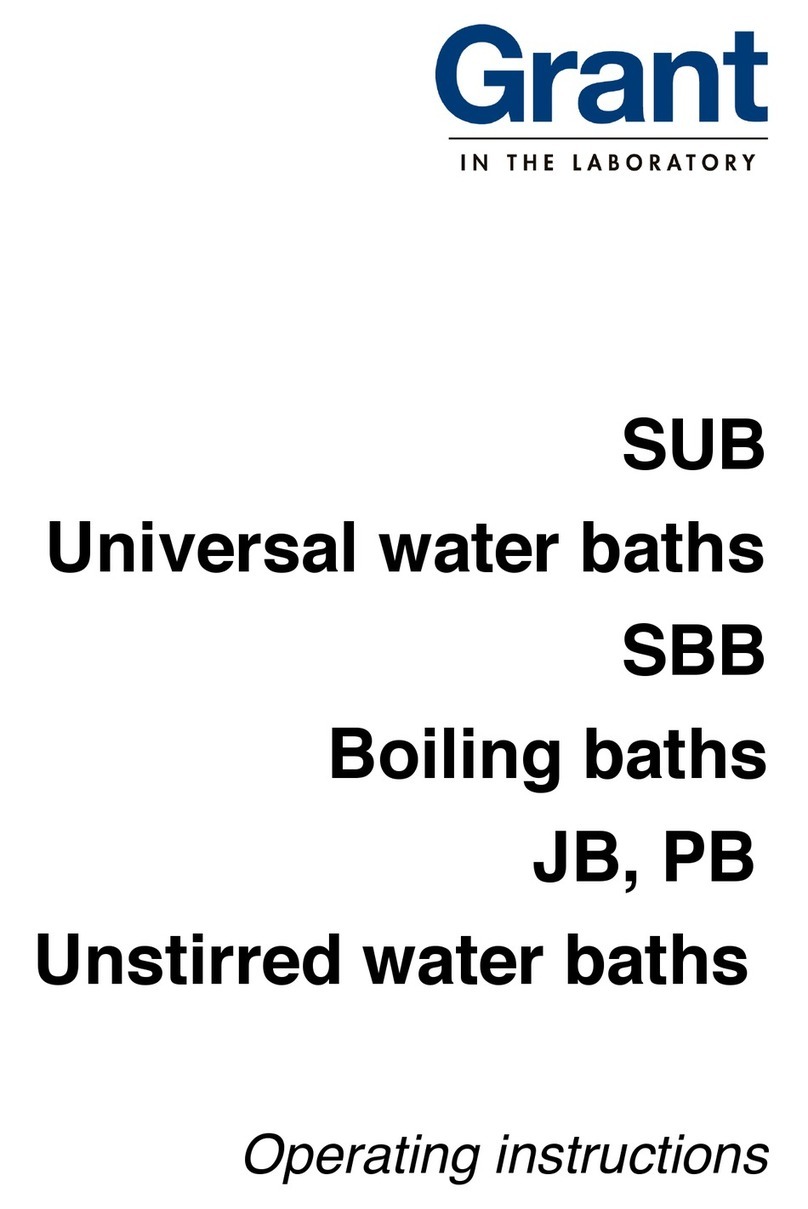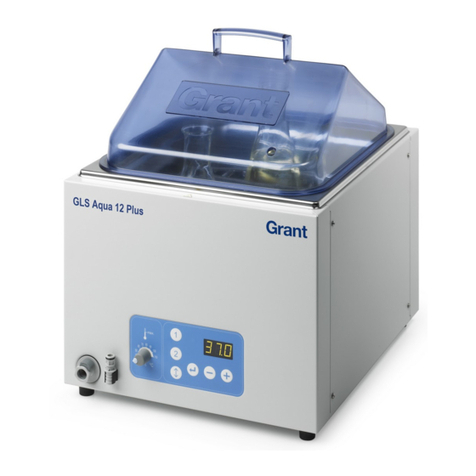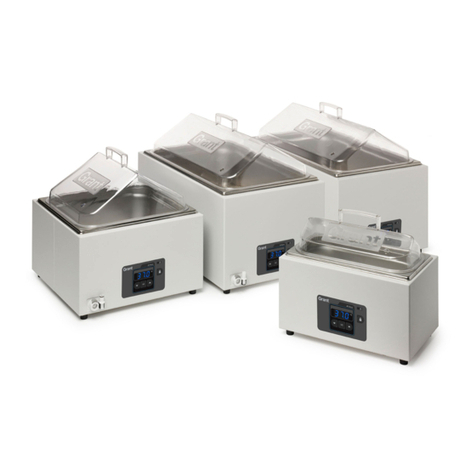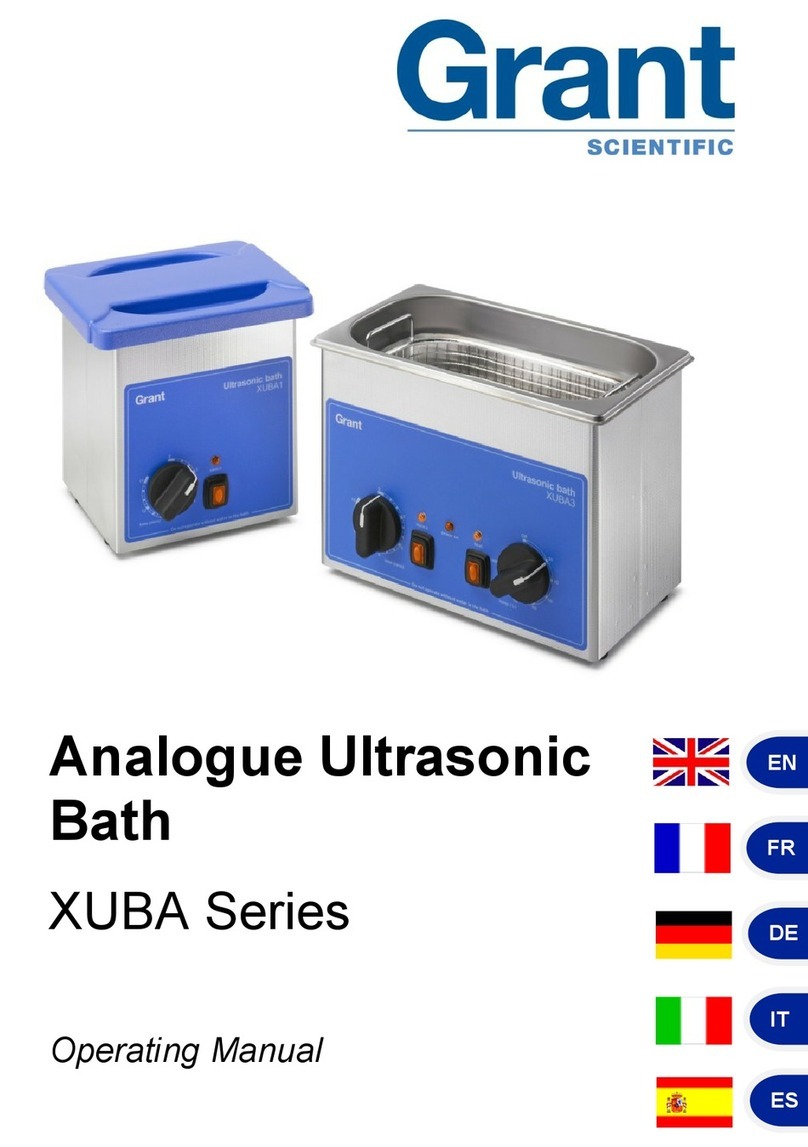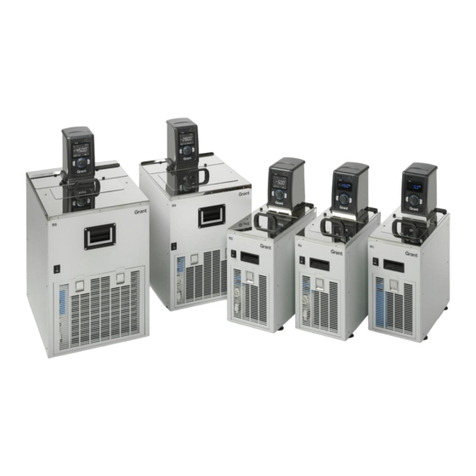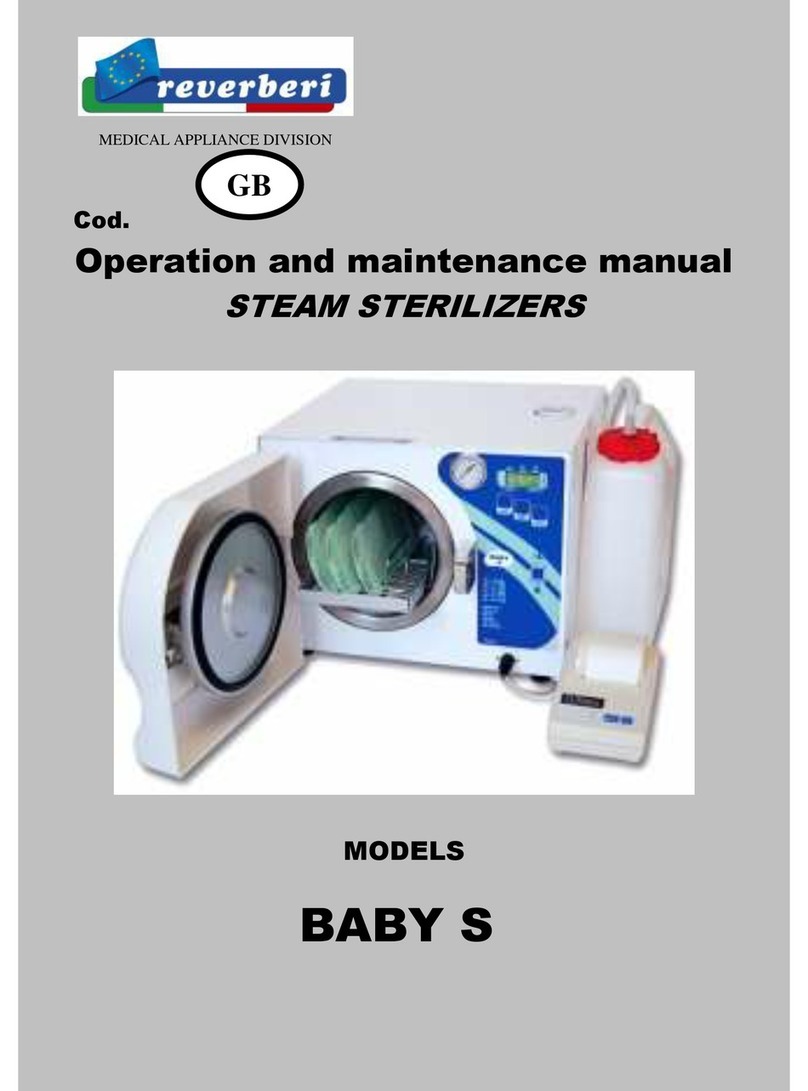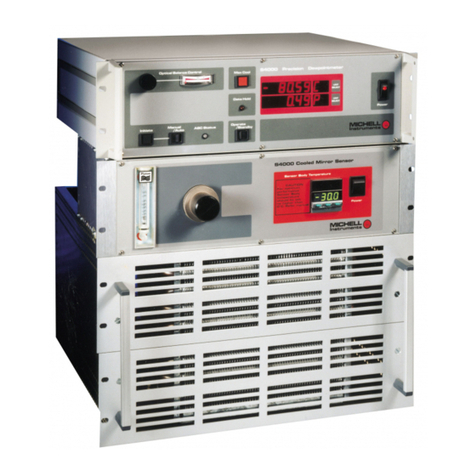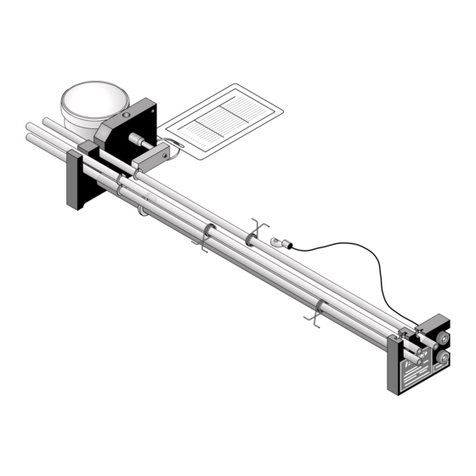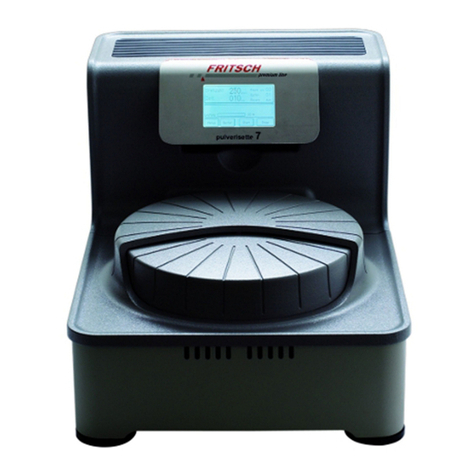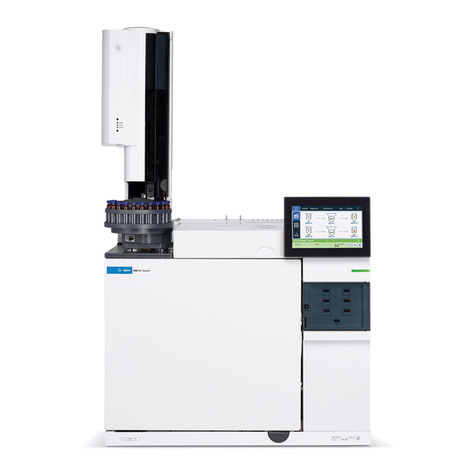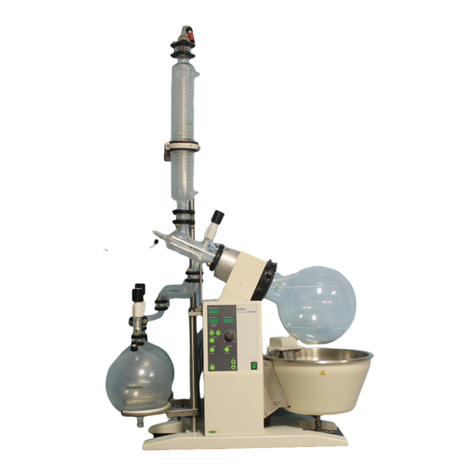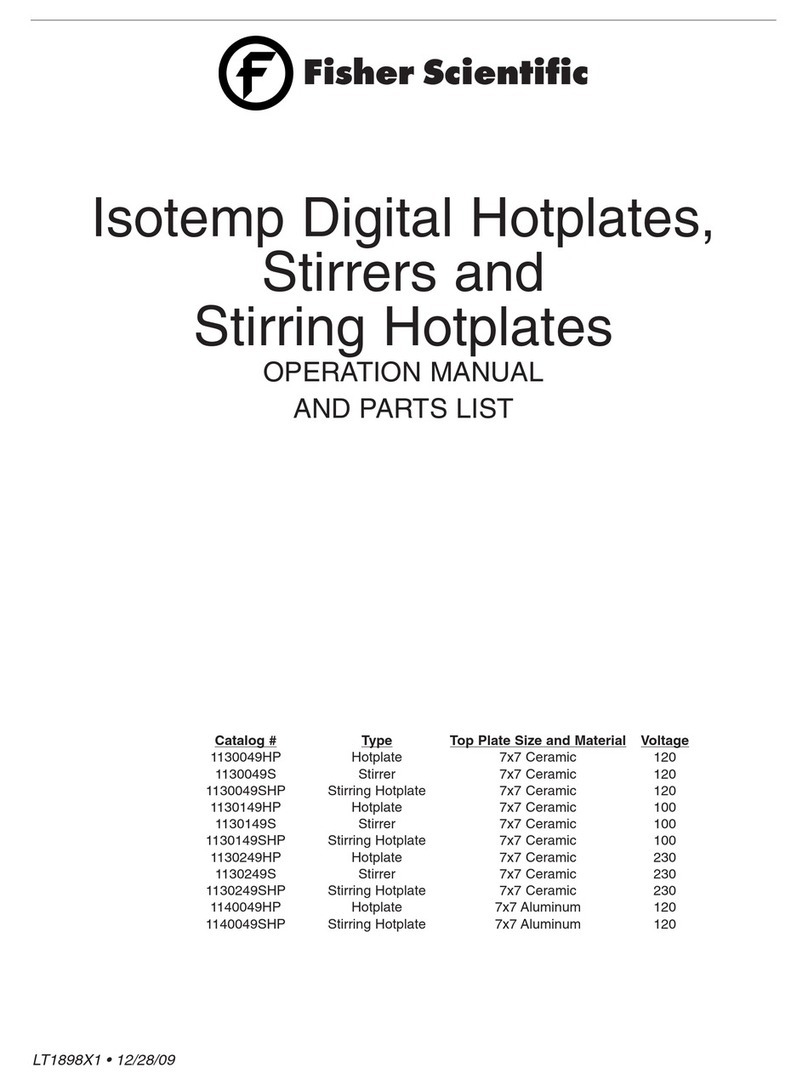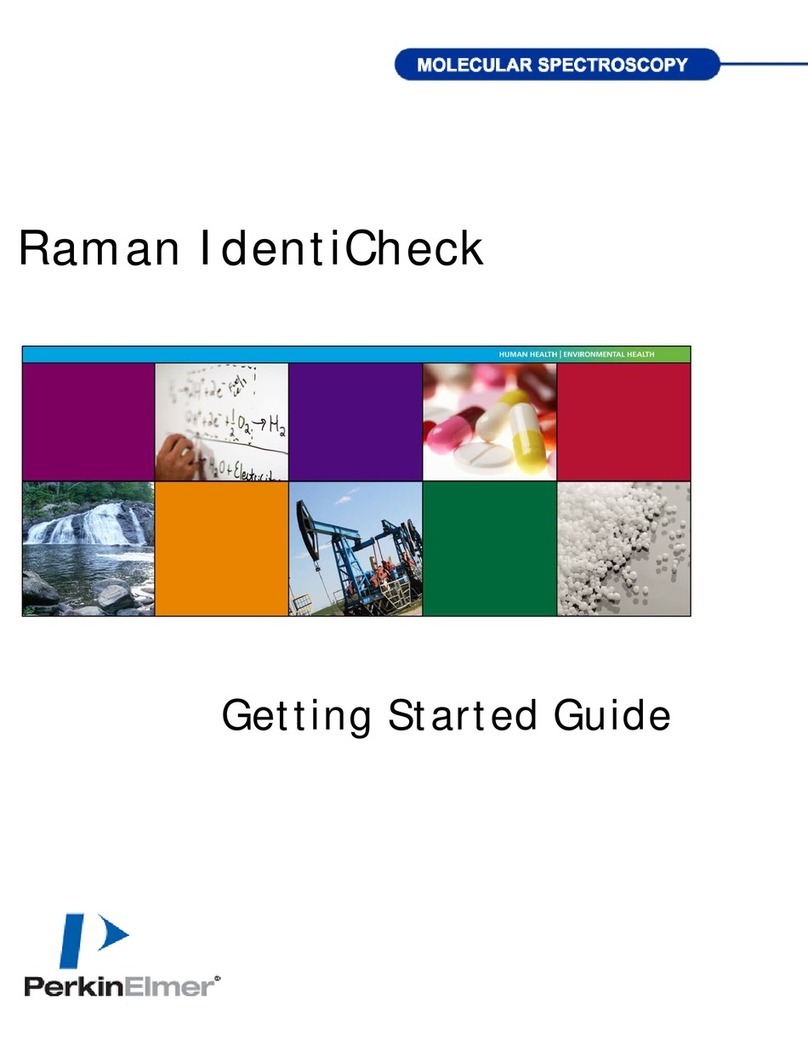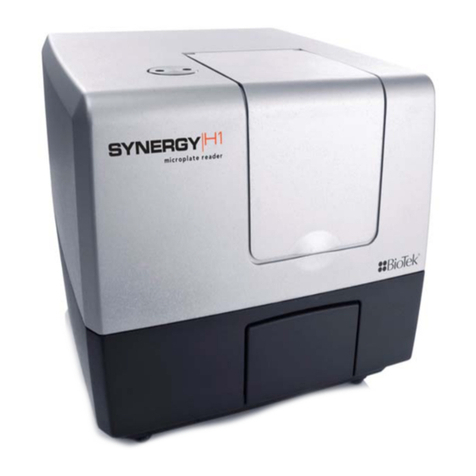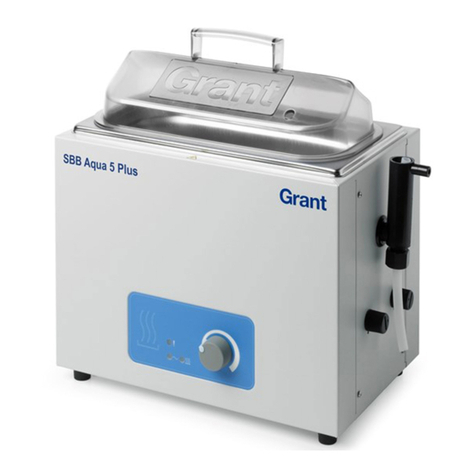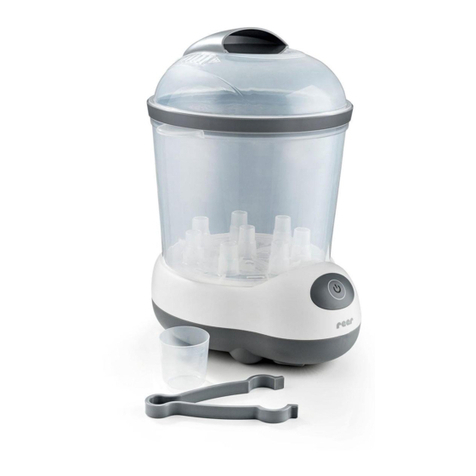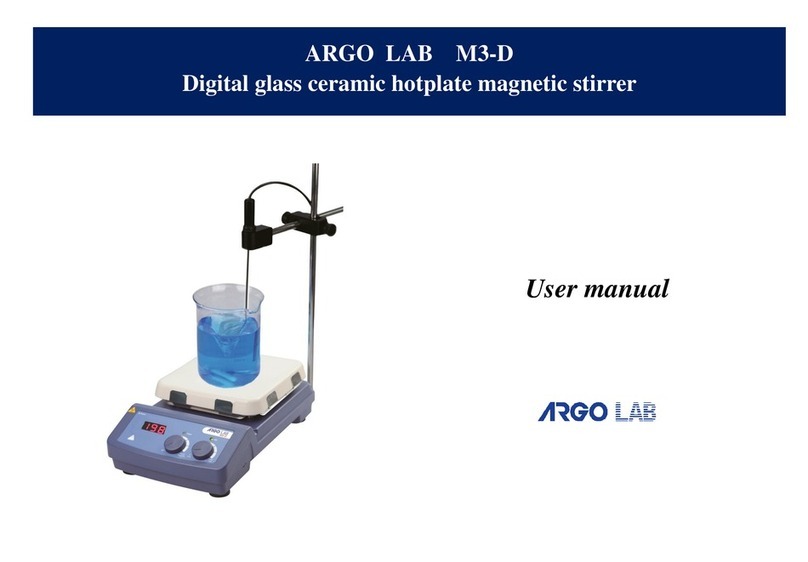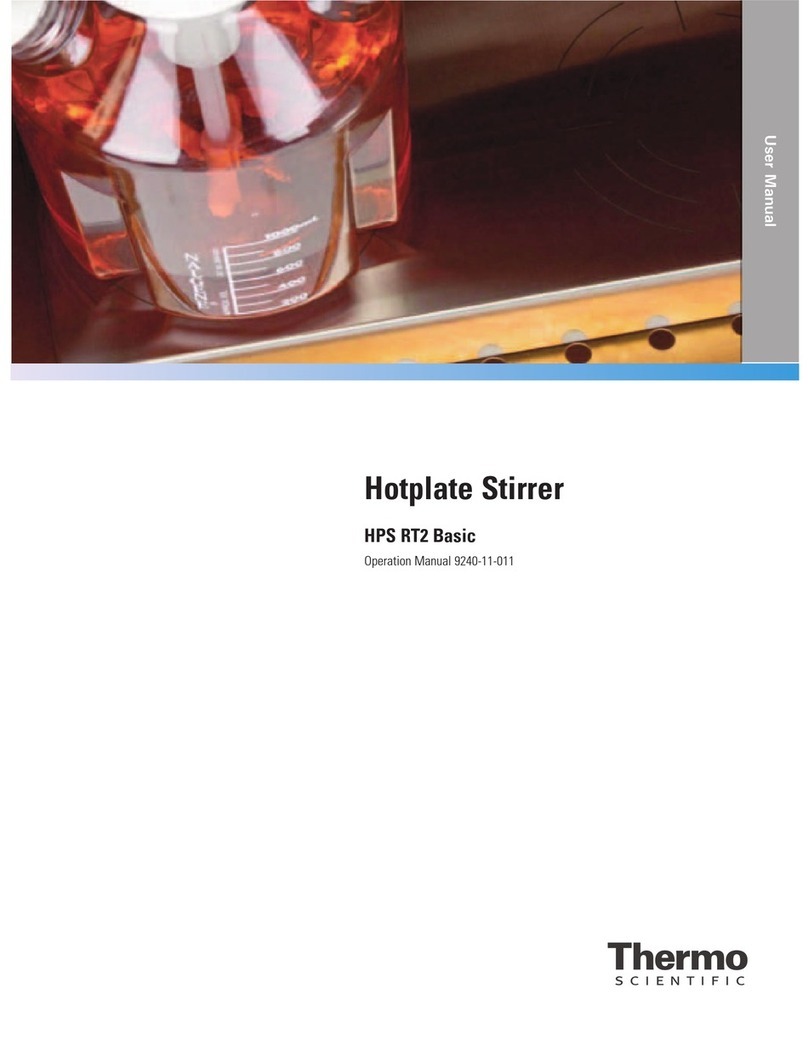
Unstirred water bath SAP, JBA, JBN Service Manual (Version 2.0) July 2014
31667 Page 2 of 23
Contents
1Introduction ........................................................................................................................3
1.1 Service Address...........................................................................................................3
1.2 Servicing Advice.........................................................................................................3
1.3 Cautions & Warnings..................................................................................................3
1.4 Electrical Safety ..........................................................................................................3
2Product Description............................................................................................................4
2.1 SAP, JBA & JBN range ..............................................................................................4
2.2 Basic Description ........................................................................................................4
2.3 Dismantling a unit.......................................................................................................6
2.3.1 Removing the base plate......................................................................................7
2.3.2 Removing the tank, heater and probe assembly...................................................8
2.3.3 Removing the PCB assembly ............................................................................10
2.3.4 Removing the front panel membrane keypad....................................................10
2.4 Reassembling the unit ...............................................................................................10
2.5 System Schematic & Interconnect Diagram .............................................................11
3Common service tasks......................................................................................................12
3.1 Resetting the Over Temperature Cut-out..................................................................12
3.2 Replacing a tank, heater and probe assembly ...........................................................12
3.3 Replacing the fuses....................................................................................................13
3.4 Replacing Control and Display PCB.........................................................................13
4Fault Diagnostics and Test ...............................................................................................14
4.1 Test Equipment & Tools Required ...........................................................................14
4.2 Testing and Fault finding ..........................................................................................14
4.2.1 Test/fault-finding flowchart...............................................................................15
4.2.2 Useful values for fault finding...........................................................................17
4.3 Final Tests –Electrical Safety...................................................................................17
4.3.1 Check Earth Connection....................................................................................17
4.3.2 Check Insulation ................................................................................................17
4.4 List of display messages............................................................................................18
4.4.1 Operating Messages...........................................................................................18
4.4.2 Fault/Diagnostic Messages ................................................................................18
5Service Parts .....................................................................................................................19
6Other Technical Documentation.......................................................................................22




















